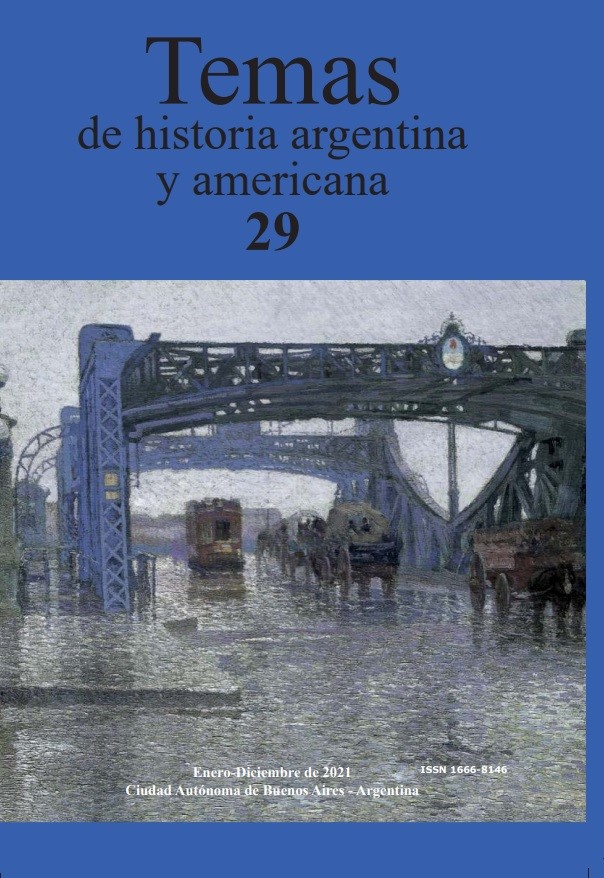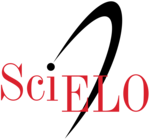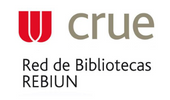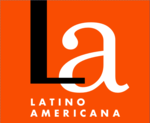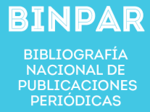Normalismo, ‘cultura física’ y gimnasia en la Argentina a finales del siglo XI
Palavras-chave:
Normalismo, Pedagogía, Cuerpos, Cultura Física, Educación FísicaResumo
In 1901, the first temporary Physical Exercises course was established in Argentina. For the first time, the Argentine educational state focused its attention on the 'physical educators' civil training for the school environment, differentiating it from the 'generalist' teacher and, consequently, recognizing a specific and different place in the teacher and normal teachers training matrix. The materialization of the temporary courses of Physical Exercises and, eight years after the first Normal School of Argentine Physical Education in 1909, was linked to tensions and disputes of meaning that emerged in the last decades of the 19th century. Based on the social and cultural history of education, the present work investigates the proposals of two pedagogues who intervened in these disputes in the first moments of the trade and the educational discipline formation: José María Torres and Pablo Pizzurno. In particular, analytical and hermeneutical attention is focused on how and why Gymnastics stabilizes in the curricular grid of Argentine normalist teacher training and how and why the need arises to create a new teaching profession: the physical education teacher.
Downloads
Downloads
Publicado
Como Citar
Edição
Secção
Licença
Direitos de Autor (c) 2022 Pablo Scharagrodsky

Este trabalho encontra-se publicado com a Licença Internacional Creative Commons Atribuição-NãoComercial-CompartilhaIgual 4.0.

